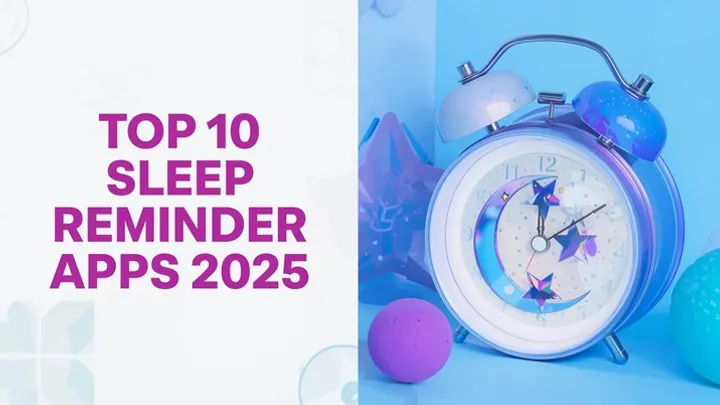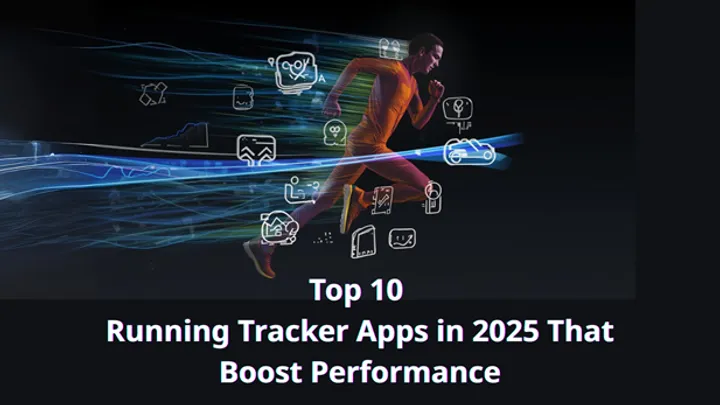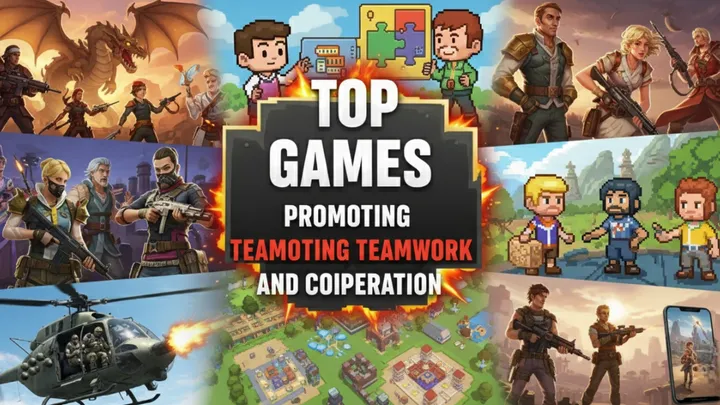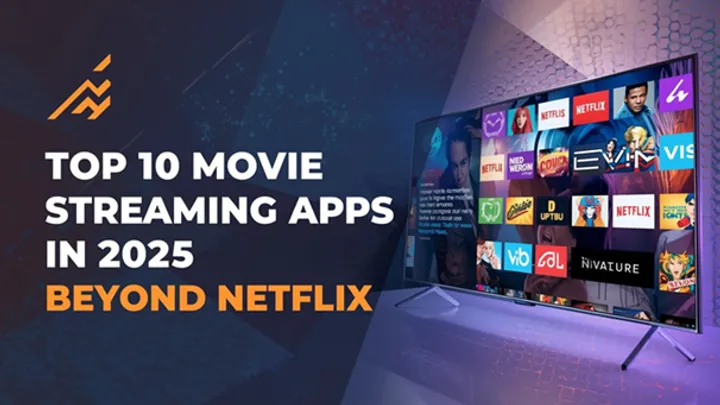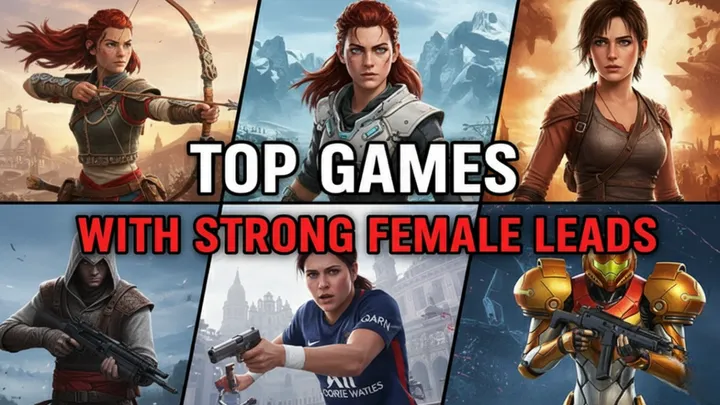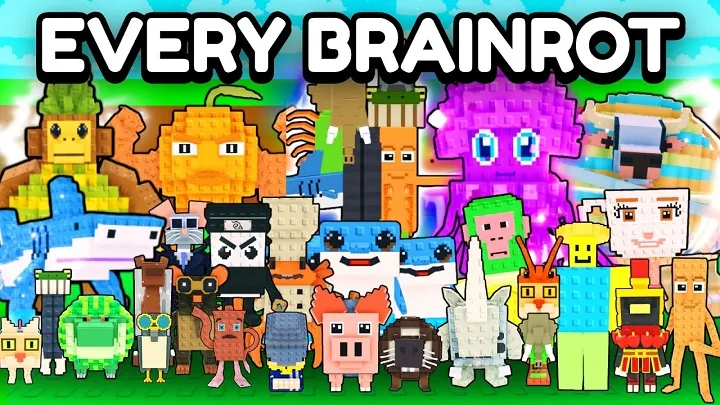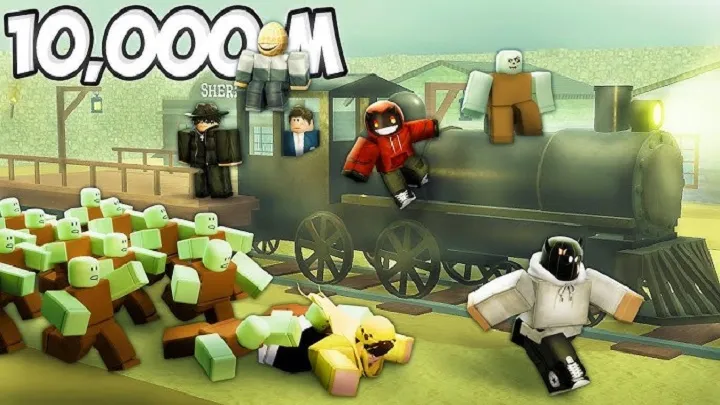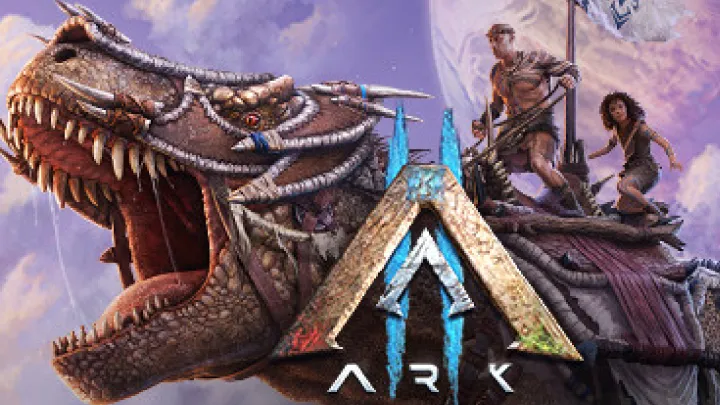Free Fire is not just a battle royale game; it is a constantly evolving ecosystem shaped by characters, their abilities, and how they influence strategies on the battlefield. Unlike other shooters where skill alone dictates outcomes, Free Fire weaves character systems directly into gameplay, creating a dynamic blend of mechanical precision and tactical decision-making. The competitive meta is not defined by weapons or maps alone—it is deeply tied to the abilities that characters bring into each match. This article explores how character abilities have defined Free Fire’s competitive meta, structured chronologically to showcase how the system evolved and how it continues to shape the game today.
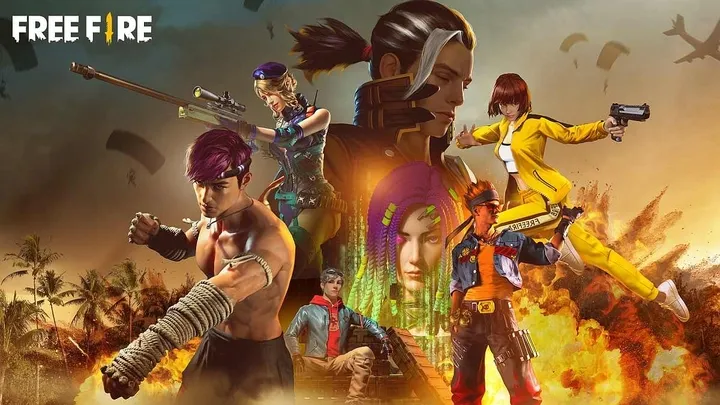
The Foundation of Character Systems in Free Fire
When Free Fire first launched, it stood apart from other mobile battle royales by introducing characters with unique active or passive abilities. This meant gameplay was no longer just about finding the best gun—it was about choosing the right character to maximize performance. The earliest roster included characters like Kelly, known for her speed boost, and Andrew, who reduced armor durability loss.
The foundation of this system laid the groundwork for the meta. Instead of every player being identical, abilities created asymmetric advantages. This ensured that Free Fire was not only a test of reflexes but also of strategic planning even before the first shot was fired.
The Rise of Early Meta-Defining Characters
As the game grew, certain characters became dominant forces in the early meta. DJ Alok, with his healing and movement speed aura, was one of the most impactful additions. His ability allowed squads to sustain themselves in firefights, giving them unmatched endurance. Similarly, Chrono’s time-turner skill disrupted combat by introducing a defensive bubble that could absorb damage while allowing offensive counterplay.
These characters shifted the competitive scene dramatically. Teams began organizing strategies around them, and entire tournaments saw lineups dominated by a handful of ability choices. Balance became a central concern as the player base debated whether abilities were too powerful or essential to survival.
Shifting Balance and the Developer’s Hand
To prevent stagnation, Garena continuously adjusted abilities through patches. Some characters were nerfed, others buffed, and new ones introduced to shake up the meta. For example, Chrono’s shield was rebalanced multiple times due to overwhelming complaints about its dominance.
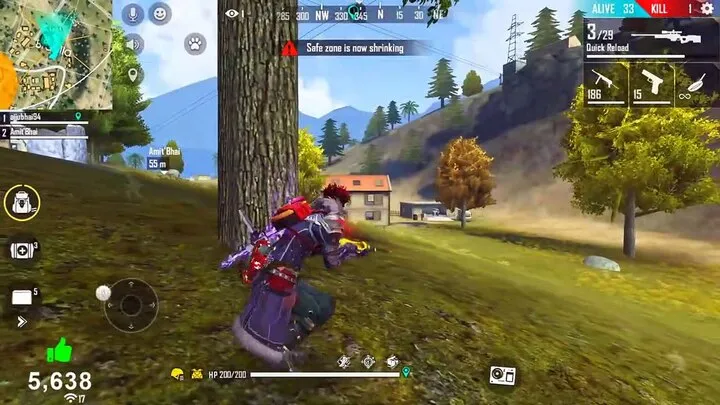
These adjustments reflected Garena’s philosophy: the meta should be dynamic, never letting one character define the battlefield indefinitely. The balancing process itself became a driving force in how players adapted strategies, ensuring that the competitive landscape stayed alive and unpredictable.
The Role of Passive Abilities in Diversifying Playstyles
While flashy active abilities grabbed attention, passive abilities played an equally vital role in shaping the meta. Characters like Hayato, who provided armor penetration when health was low, encouraged aggressive playstyles. Meanwhile, Moco’s tagging ability created information advantages, letting teams track enemies more effectively.
These passive skills influenced how players built their loadouts. Rather than relying solely on raw combat skills, squads designed ability synergies where passives complemented actives, creating intricate layers of strategy.
Ability Synergies and Team Composition
The introduction of squad-based synergies marked a turning point in Free Fire’s competitive depth. Teams no longer chose characters individually; they selected them as units that reinforced one another’s strengths.
Examples of Popular Synergies
- Alok + Hayato + Moco: Balanced sustain, aggression, and information.
- Chrono + Jota + Kelly: Defensive stability with fast repositioning and lifesteal.
- K + Dasha + Laura: Focused on resource management and long-range combat precision.
This evolution mirrored class-based systems in traditional esports, turning Free Fire into a game where teamwork extended beyond shooting mechanics into layered tactical design.
The Influence of New Character Introductions
Garena frequently released new characters, often tied to real-world collaborations, which dramatically altered the competitive meta. K, inspired by DJ KSHMR, introduced a versatile ability that allowed energy point management, influencing sustain-heavy strategies. Skyler, with his gloo wall counter, added a unique anti-defensive mechanic that forced players to rethink entrenched positions.
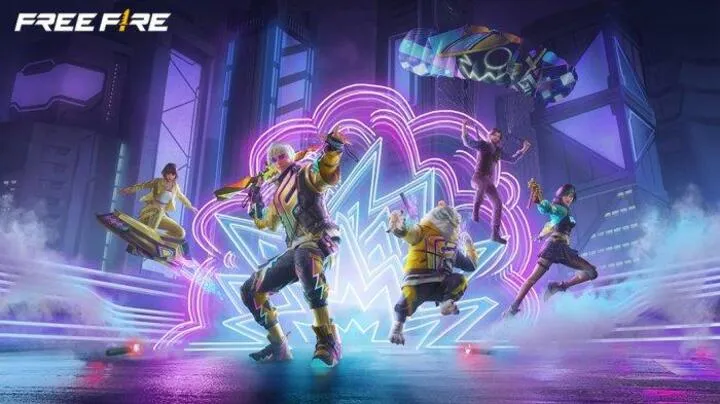
These introductions made Free Fire unpredictable. Each new release was more than cosmetic—it often changed how the community approached competitive play, leading to cycles of adaptation and reinvention.
Regional Metas and Cultural Preferences
Interestingly, character usage varied across regions. In Southeast Asia, players favored speed and aggression, often leaning on Kelly and Hayato. In Latin America, defensive strategies with Chrono and Alok dominated tournaments. This regional variation reflected cultural differences in playstyle, demonstrating that the character system was flexible enough to support diverse interpretations of success.
Such distinctions added richness to the global scene, with international tournaments becoming battlegrounds of competing metas. What worked in Brazil didn’t always succeed in Thailand, creating dynamic clashes of strategy.
The Role of Esports in Shaping the Meta
Free Fire’s esports scene acted as both a mirror and a driver of the meta. Professional teams showcased high-level strategies that trickled down into casual play. When top squads used Alok in every lineup, casual players followed suit. When Chrono was adjusted due to pro-level dominance, the entire community felt the ripple effects.
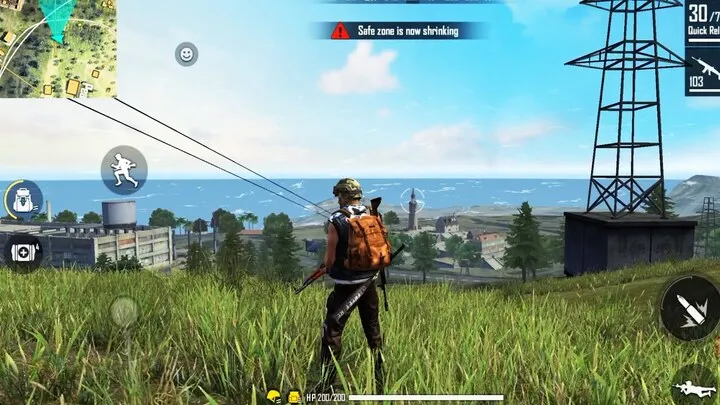
Tournaments became testing grounds for ability combinations, and metas often shifted overnight depending on the outcome of high-stakes matches. This connection between esports and the broader player base reinforced the importance of characters in defining Free Fire’s competitive identity.
Future Trends in Character Abilities
Looking forward, the evolution of character abilities in Free Fire points toward even greater complexity. Potential trends include hybrid abilities that combine passive and active traits, more counter-play mechanics to avoid dominance, and deeper customization of ability loadouts.
As technology and balancing improve, players can expect increasingly nuanced systems that demand adaptability. The character system will likely continue to be Free Fire’s defining feature, ensuring its uniqueness in the crowded battle royale market.
Conclusion
The competitive meta of Free Fire cannot be understood without examining its character system. From foundational abilities to meta-defining icons like Alok and Chrono, the evolution of abilities has shaped not only how players fight but how they think about the game. Balancing, synergies, and regional preferences all contribute to a constantly shifting landscape where adaptability is the key to victory.
Free Fire has proven that abilities are not a gimmick—they are the core of its identity. As the game continues to grow, its future will be defined by how these systems evolve, making character abilities the heartbeat of its competitive meta.








